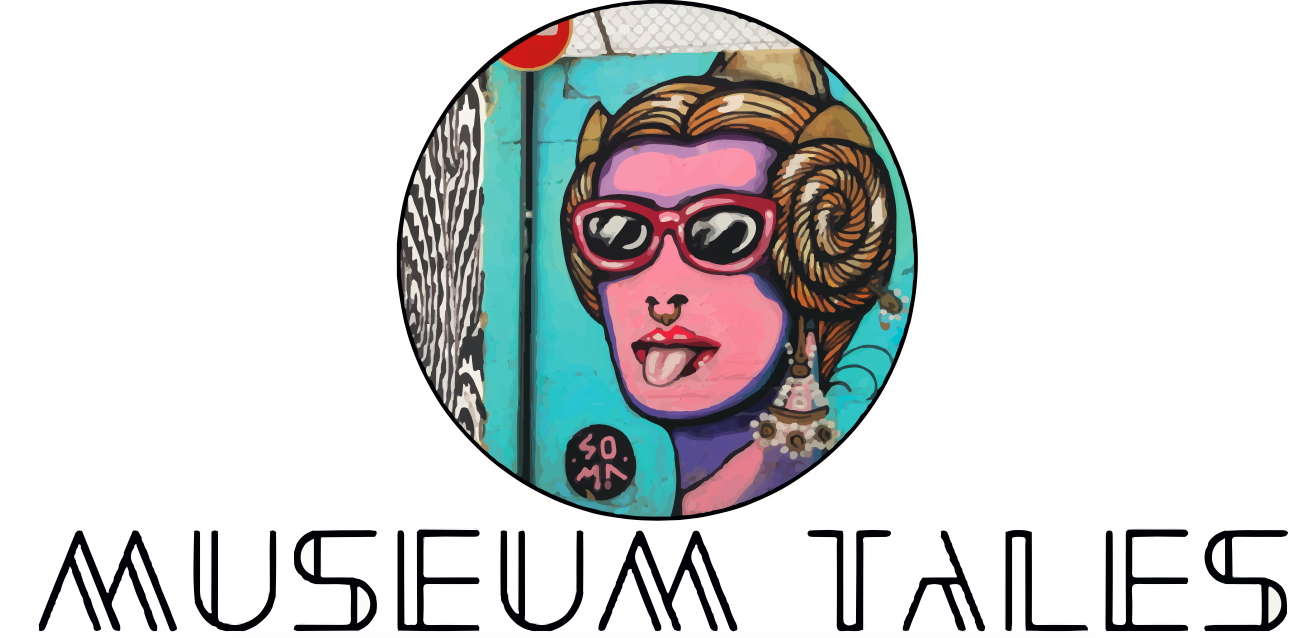La Şakirin camii apparait dans le paysage turque en 2009 et elle a pour architecte « Zeynep Fadilioğlu ». Située dans l’Istanbul moins touristique, elle est la seule mosquée turque construite selon des plans pensés par une femme. Zeynep Fadilioğlu est certes la conceptrice et designer de l’architecte chargé de la réalisation Hüsrev Tayla. Mais elle n’en resteLire la suite « Découvrez la première mosquée faite par une femme de tout le monde musulman ! «
Archives de l’étiquette : histoire
Le Ladino, vous connaissez ?
De l’espagnol avec l’alphabet hébraïque ? Beaucoup plus ! Découvrez cette langue qui traverse les âges et les cultures.
La Foule d’Edith Piaf est d’origine argentine !
Saviez-vous que la très fameuse chanson d’Edith Piaf « La Foule » puise son origine dans le folklore de l’Amérique latine ? Ah si vous ne l’aviez pas déjà en tête, la voilà pour vous rafraichir la mémoire : Le texte de la chanson qui date de 1957 est bien original, toutefois la mélodie est directement reprise d’uneLire la suite « La Foule d’Edith Piaf est d’origine argentine ! »
🎨 Alberto Greco • tragico
« …Le peintre c’est surtout (je le répète jusqu’à l’épuisement), un homme. Un homme qui peint… » Alberto Greco, 1960. Qui ? Sur lui, Wikipédia est très silencieux. Rien qu’une courte page en Espagnol (aussi traduite en Anglais). Logique puisqu’Alberto est argentin et a principalement été actif en Argentine et en Espagne. On trouve aussi uneLire la suite « 🎨 Alberto Greco • tragico »
🎨 Quand la condition humaine n’a pas bonne mine : à la rencontre du peintre Baldomero R. Ressendi
BALDOMERO ROMERO RESSENDI Sur sa vie on se contentera de peu d’informations. On sait qu’il est né à Séville en 1922, ville d’une grande importance dans sa création puisqu’il s’attacha à en dépeindre les archétypes emblématiques (toreros, danseurs de flamenco, paysanne andalouse …). On sait également qu’il n’était pas bien aimable et avait près d’uneLire la suite « 🎨 Quand la condition humaine n’a pas bonne mine : à la rencontre du peintre Baldomero R. Ressendi »
🎨 Ces peintres oubliées
Artistes talentueuses, l’histoire de l’art officielle ne leur fait pas grand cas, et pourtant …
Découvrez deux des très rares femmes à la tête de l’avant-garde, dominées par des hommes dans les autres pays occidentaux.
Du noir et du blanc, en photographie I
Il y a un certain temps que je me pose la question du Noir&Blanc en photographie. Non pas en cherchant craneusement à trancher la question de savoir s’il sert ou dessert la photo, et alors selon quelles règles… Non, ce qui me préoccupe c’est son omniprésence. Dans ce premier volet, je reviens sur les travers du recours facile au N&B par la biais d’un travail photographique sur l’intimité.
Le Palais Barolo
Qu’ont en commun le poète italien Dante Alighieri, les francs maçons, le béton armé et l’âge d’or argentin ? Difficile à dire si vous n’avez encore découverte le Palais Barolo ! Cet article propose de faire le voyage à Buenos Aires le temps d’une visite au sein de cet étonnant édifice.
A mysterious Mexican monkey
The strange “Vasija del mono de obsidiana” (lit. “the vase of the obsidian monkey”) is one of the Aztec-Mexican masterpieces of the National Museum of Anthropology of Mexico City where it is exposed. We appreciate its appearance, but yet we know so little of its history as this captivating work continues to keep its secrets hidden.
A Portuguese Folly ? Discover the Amazing Monserrate Palace!
Going through it is a real change of scenery: pastel-colored walls, corridors of arcades divinely carved in stucco lace, a central atrium under a dome of finely chiseled wood, tiling subtly decorated with volutes, all ordered according to a circular plan … everything participates to create an intimate and mysterious atmosphere. We find ourselves far from the pomp or the rustic, from Versailles and its grandiloquence or from the old country house. No, this palace has its own look, and its own aire, that of a getaway in the 19th century as romantic as oriental!









